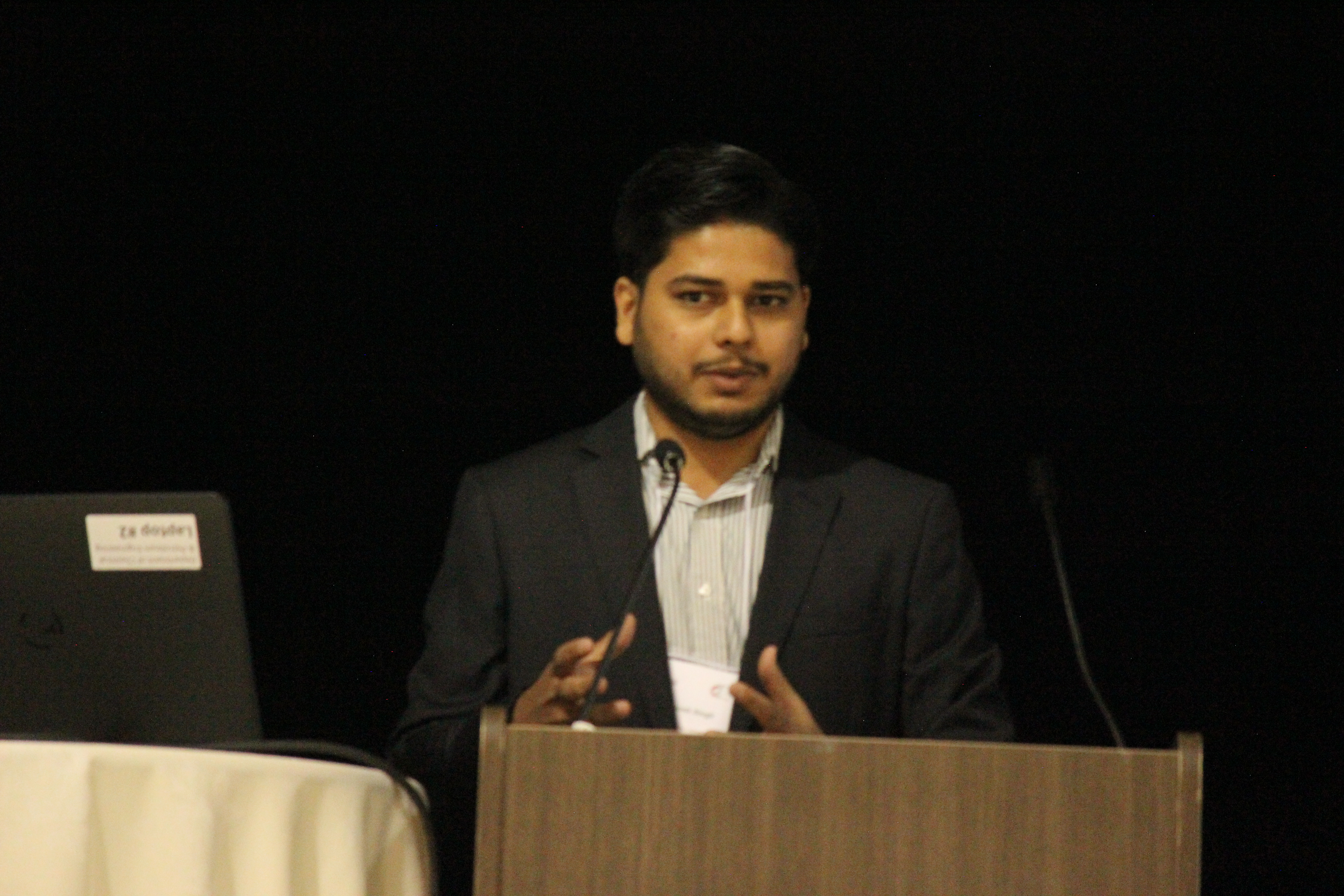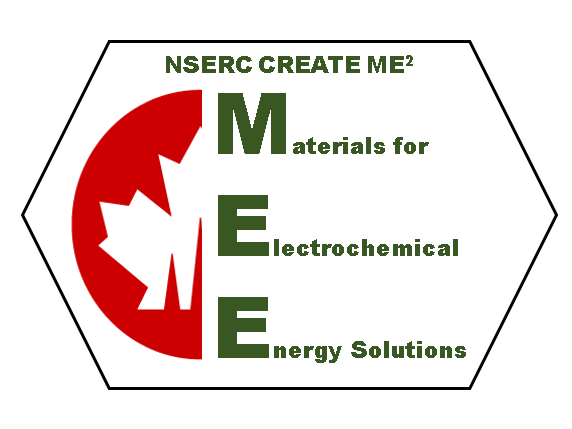Internship 2018
|
Mobility – National and/or International Opportunities International mobility will be a core component of the program. Research and development in the area of energy conversion and storage is a major international effort, and collaboration will be critical to elevating research in Canada in this field. In addition, these collaborations will be designed to develop HQPs skills, including research techniques, networking and communication. A total of 21 international academic collaborators at 14 different universities in six different countries (Germany, India, Israel, Spain, UK and USA) and one US national laboratory have agreed to accept HQP for placements in their laboratories. These placements will provide an outstanding opportunity for HQP to develop their skills, to broaden their horizons and perspective, and to network with leading experts from around the world. Where appropriate, HQP will also be able to visit the collaborating groups in Canada (in Calgary, Edmonton and Waterloo), and to undertake internships with industry collaborators in Canada or internationally. |
|
|
Ashutosh Kumar Singh Internship details: Ashutosh attended the School of Chemical Engineering and Analytical Studies at the University of Manchester, UK as host institution. This selection was selected based on our research proposal and core objectives related to graphene synthesis. Furthermore, the University of Manchester is pioneer in graphene related research (Nobel prize 2010 for graphene synthesis), which could help our research group here to gain valuable insights into both scientific and economic aspect in this field. This internship was partially funded by STFCbatteries.org, a UK based electrochemical researchers’ community, providing £1500.00 and NSERC CREATE ME2 for a duration of 2 months (from 27th – May – 2018 to 28th – July – 2018). Ashutosh worked closely with Dr. Stuart Holmes, one of CREATE ME2 collaborators, and his research goals for this internship were as follows:
|
 |
